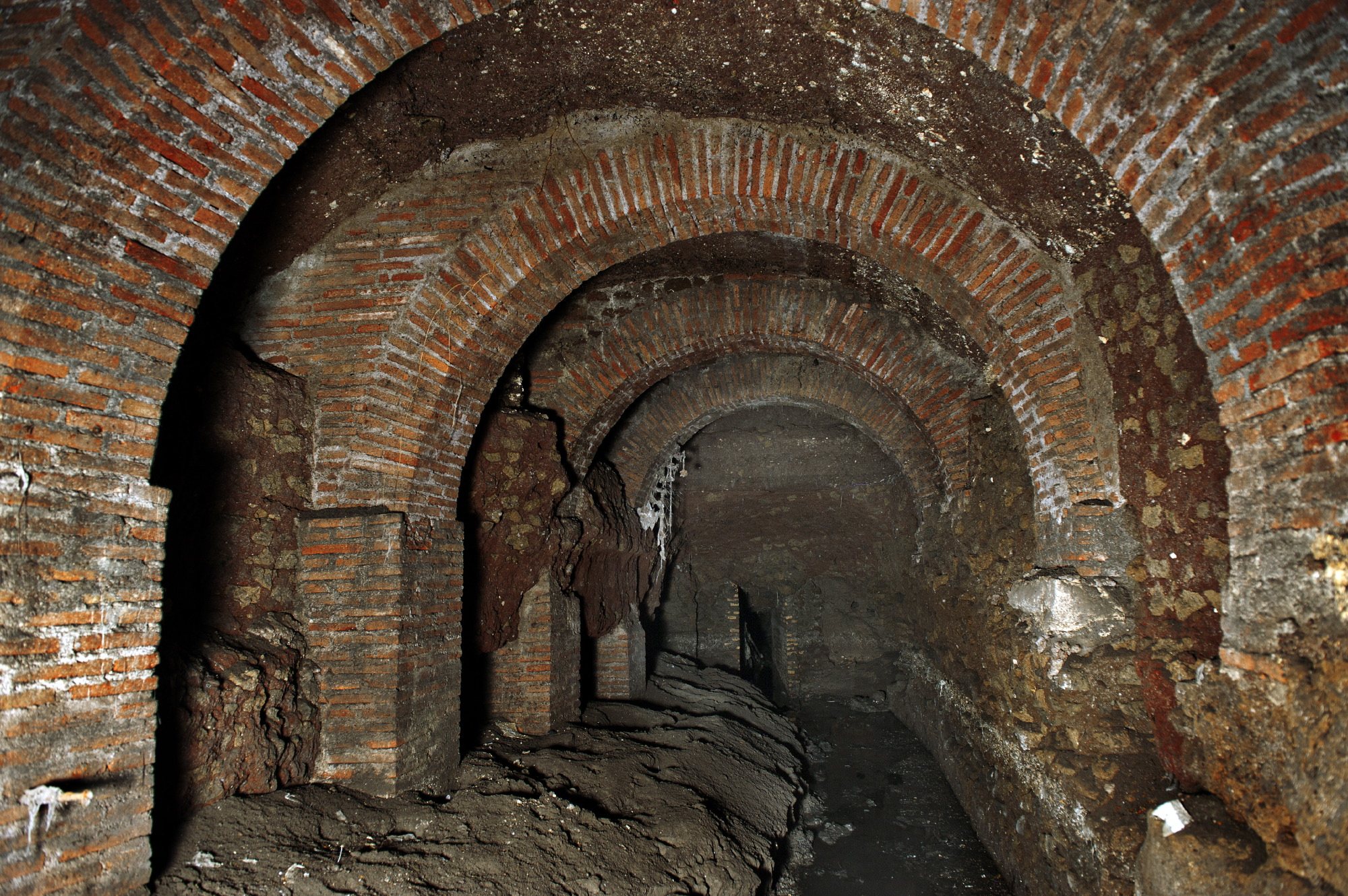
La cloaca máxima de Roma
Cloada Maxima. The largest of the still-functioning Roman drains, the Cloaca Maxima was the source of a water-drainage channel that ran from the Roman Forum towards the "vicus Tuscus" The drain emptied into the Tiber at Ponte Emilio, along a tortuous route through the Velabro, the Foro Boario, and a wide curve.

Trazado de la Cloaca Máxima bajo el Foro Romano, el Velabro y el Foro Boario, de los tiempos del
Cloaca Máxima (em latim: Cloaca Maxima) é um dos mais antigos sistemas de esgoto do mundo, construído na cidade de Roma para drenar os pântanos locais e remover os dejetos de uma das cidades mais populosas do mundo na época, despejando-os no rio Tibre. [ 1]

Cloaca Maxima En Roma Fotos e Imágenes de stock Alamy
Construida en la Antigua Roma para drenar las marismas locales y eliminar los desperdicios de una de las ciudades más populosas del mundo, llevaba un afluente hacia el río Tíber, que fluía junto a la ciudad. 1 Construcción El nombre significa literalmente "La cloaca mayor".

A very Romanlooking drain in ancient Rome. The Cloaca Maxima in the Roman Forum In Ancient
The Cloaca Maxima ("greatest sewer") is one of the oldest monuments of Rome. It was built as a canal through the Forum Romanum in the sixth century BCE and its construction is generally attributed to king Tarquinius Priscus. In the second century BCE, the canal was covered, so it became an underground sewer. There were extensive repairs during.

Part of Rome's Cloaca Maxima, the city's sewer system. Tunnels dating from the 1st century AD
Cloaca Maxima, ancient Roman sewer, one of the oldest monuments in the Roman Forum. Originally an open channel constructed in the 6th century bc by lining an existing stream bed with stone, it was enclosed, beginning in the 3rd century bc, with a stone barrel (semicircular) vault.

Interior of the Great Sewer (Cloaca Maxima). Rome.
Los romanos crearon la Cloaca Máxima para llevar el agua a los pantanos locales y deshacerse de desechos de una de las mayores urbes de la época. En este artículo hablaremos sobre su funcionamiento y sobre algunas de las características de este particular sistema de saneamiento.

Site of the Cloaca Maxima (Illustration) Ancient History Encyclopedia
The Cloaca Maxima [n 1] ( Latin: Cloāca Maxima, lit. Greatest Sewer) was one of the world's earliest sewage systems. Its name is related to that of Cloacina, a Roman goddess. [1] Built during either the Roman Kingdom or early Roman Republic, it was constructed in Ancient Rome in order to drain local marshes and remove waste from the city.

Épinglé sur El urbanismo romano trazado urbano, alcantarillado, puentes, acueductos, cloacas
The Cloaca Maxima was one of several large ditches that drained water from inhabited areas of the City of Rome. The Cloaca Maxima drained the valleys between the Esquiline, Viminal, and Quirinal Hills, as illustrated here: It traveled along the Argiletum into and across the the Forum: Eventually, it made its way to the Tiber River by way of the.
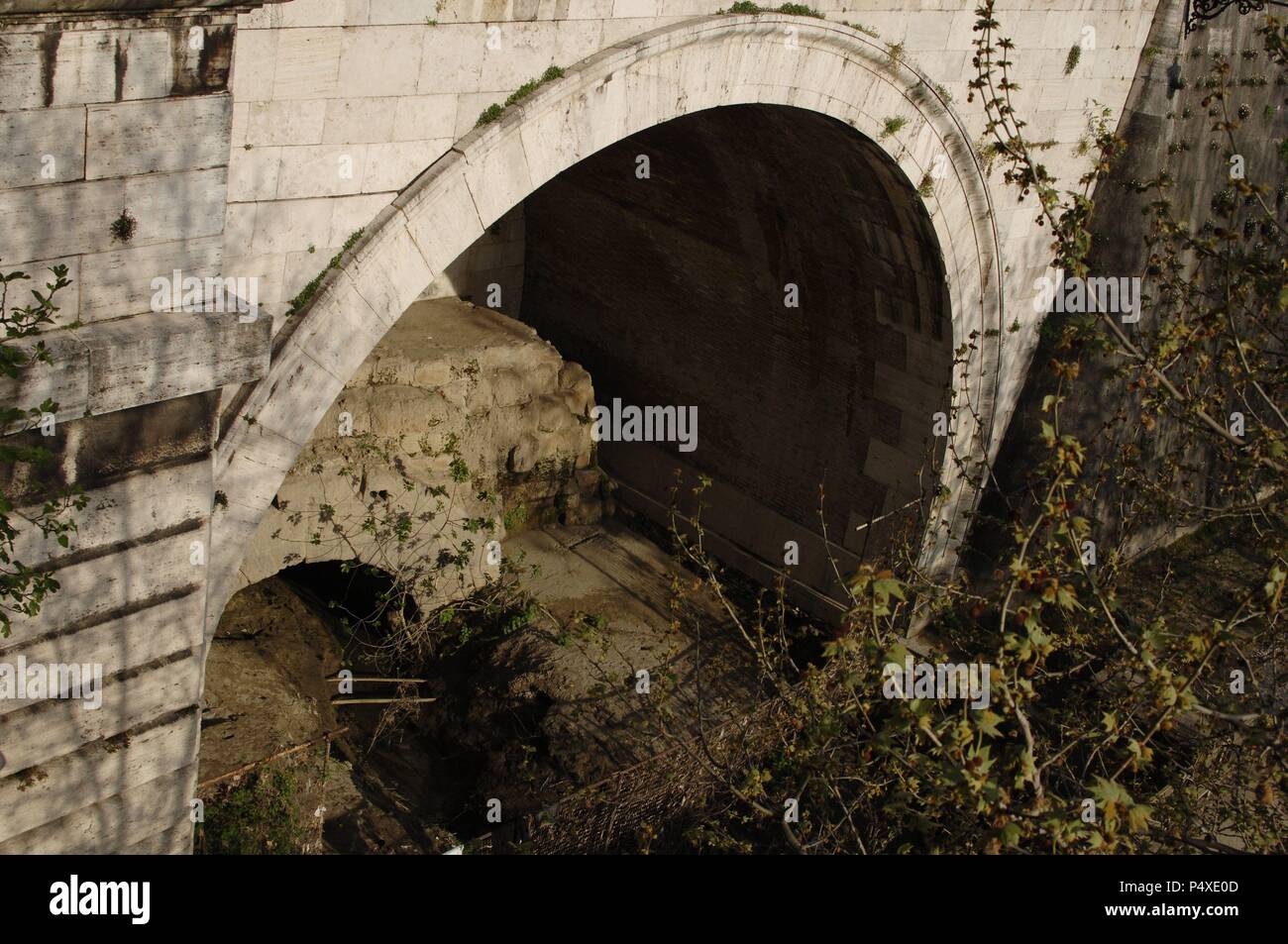
Italia. Roma. Cloaca Maxima Fotografía de stock Alamy
Il più grande dei collettori romani ancora funzionante, la Cloaca Maxima ebbe origine dalla canalizzazione di un corso di acque di scolo che dal Foro Romano si dirigeva verso il "vicus Tuscus", seguiva un percorso serpeggiante attraverso il Velabro, il Foro Boario e, dopo aver disegnato un'ampia curva, andava a sboccare nel Tevere all'altezza di.
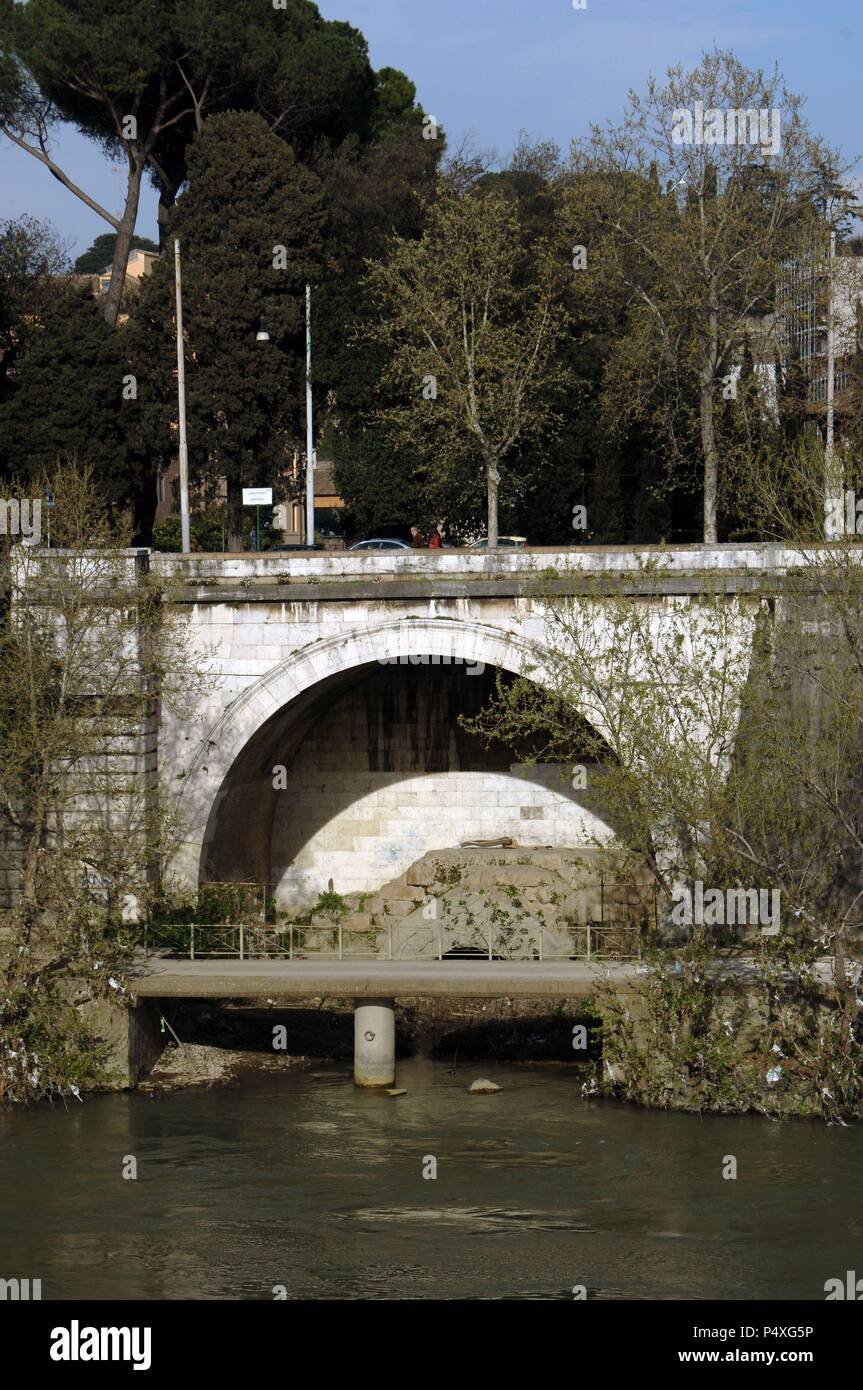
Cloaca maxima roma immagini e fotografie stock ad alta risoluzione Alamy
Cloaca Maxima Rome, Italy The "Greatest Sewer" of ancient Rome is one of the oldest sewer systems in the world, and is still in use. Been Here? 481 Want to Visit? 726 Cloaca Maxima's outfall is.

Bild zu Cloaca Maxima Römisches Abwassersystem Bild 1 von 1 FAZ
The largest of the still-functioning Roman drains, the Cloaca Maxima was the source of a water-drainage channel that ran from the Roman Forum towards the "vicus Tuscus" The drain emptied into the Tiber at Ponte Emilio, along a tortuous route through the Velabro, the Foro Boario, and a wide curve.
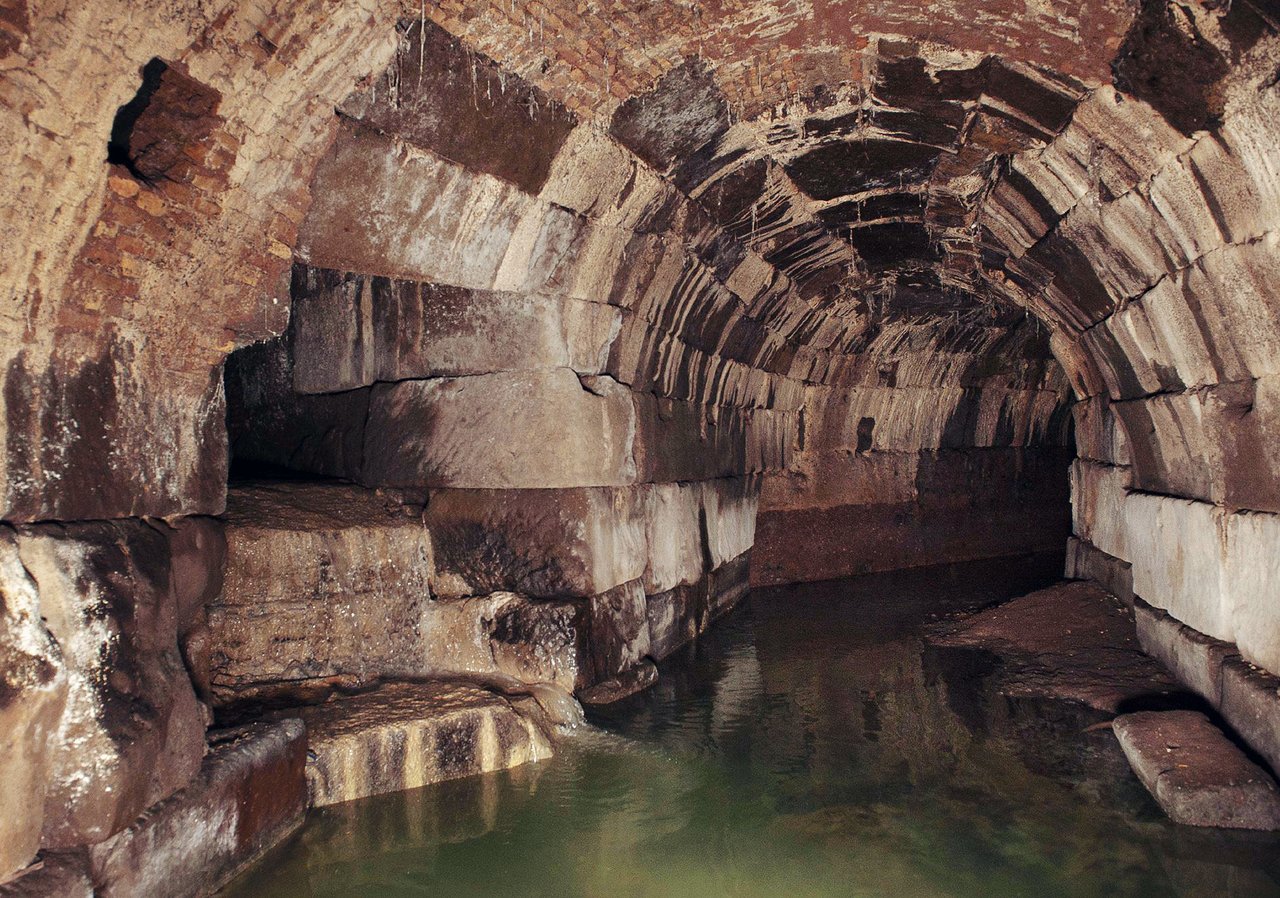
Cloaca Maxima, sistemul de canalizare al Romei antice istoria celui mai bătrân edificiu de
Originariamente, la Cloaca Máxima (literalmente, "Alcantarilla Mayor"), era un canal a cielo abierto que recogía las aguas procedentes de las colinas cercanas, drenando también la planicie del Foro Romano, para desecharlas en el Tíber. A él iban a parar todas las inmundicias de la ciudad.
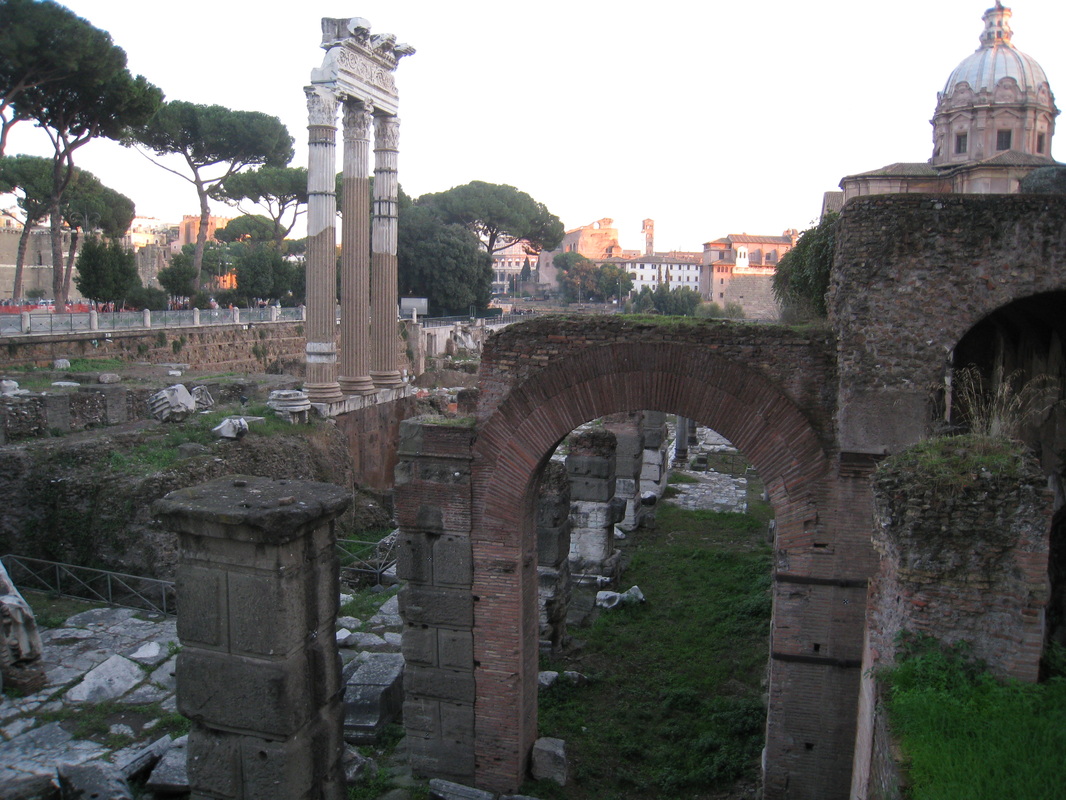
Function and Significance Cloaca Maxima
The Cloaca Maxima, or the Great Sewer in Latin, is a testament to the ingenious engineering capabilities of the ancient Romans. Dating back to the 6th century BC, this vast sewer system was a marvel of its time, demonstrating the Romans' advanced understanding of infrastructure and public hygiene.

Function and Significance Cloaca Maxima
The Cloaca Maxima's construction is generally attributed to the king Tarquinius Priscus, or perhaps Tarquinius the Superb, it is one of Rome's first major works of urbanization. Originally an open channel, it followed the natural flow of streams from above the suburra (Monti) and ran all the way to the Tiber.

Cloaca Maxima Rome Ancient rome, Rome, Ancient
524 likes, 3 comments - romeguides on January 9, 2024: " LA CLOACA MAXIMA In questo mirabile acquerello di Roesler Franz, si nota il Tempio di E." ROME GUIDES on Instagram: "🇮🇹 LA CLOACA MAXIMA In questo mirabile acquerello di Roesler Franz, si nota il Tempio di Ercole nel Foro Boario, la torre un po' "ciondolante" di Santa Maria in.
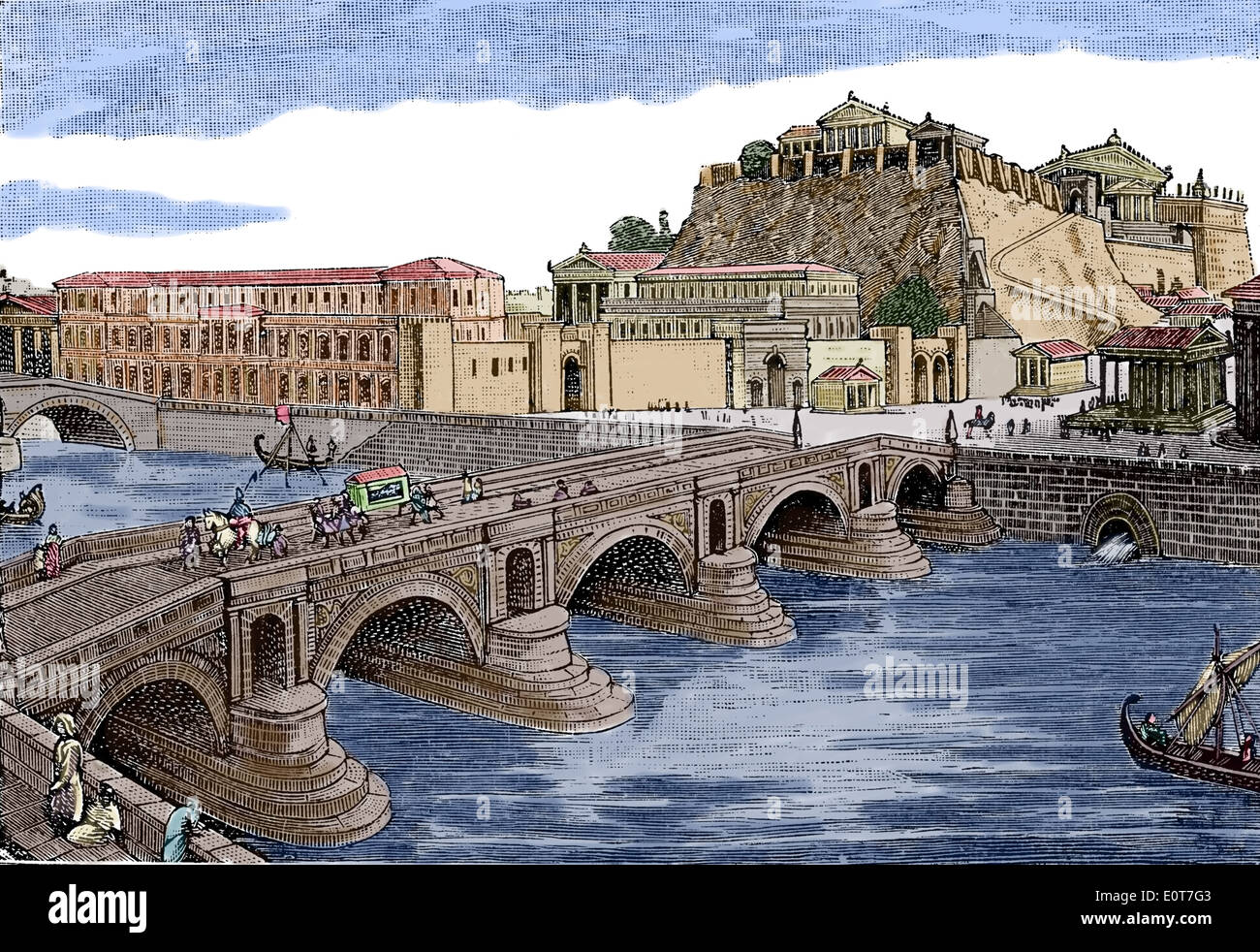
Italien. Rom. Capitoline und Cloaca Maxima. Das Kapitol ist ein Roman Hill zwischen dem Forum
The Shrine of Venus Cloacina (Sacellum Cloacinae or Sacrum Cloacina) — the "Shrine of Venus of the Sewer" — was a small sanctuary on the Roman Forum, honoring the divinity of the Cloaca Maxima, the spirit of the "Great Drain" or Sewer of Rome. Cloacina, the Etruscan goddess associated with the entrance to the sewer system, was later identified with the Roman goddess Venus for unknown.